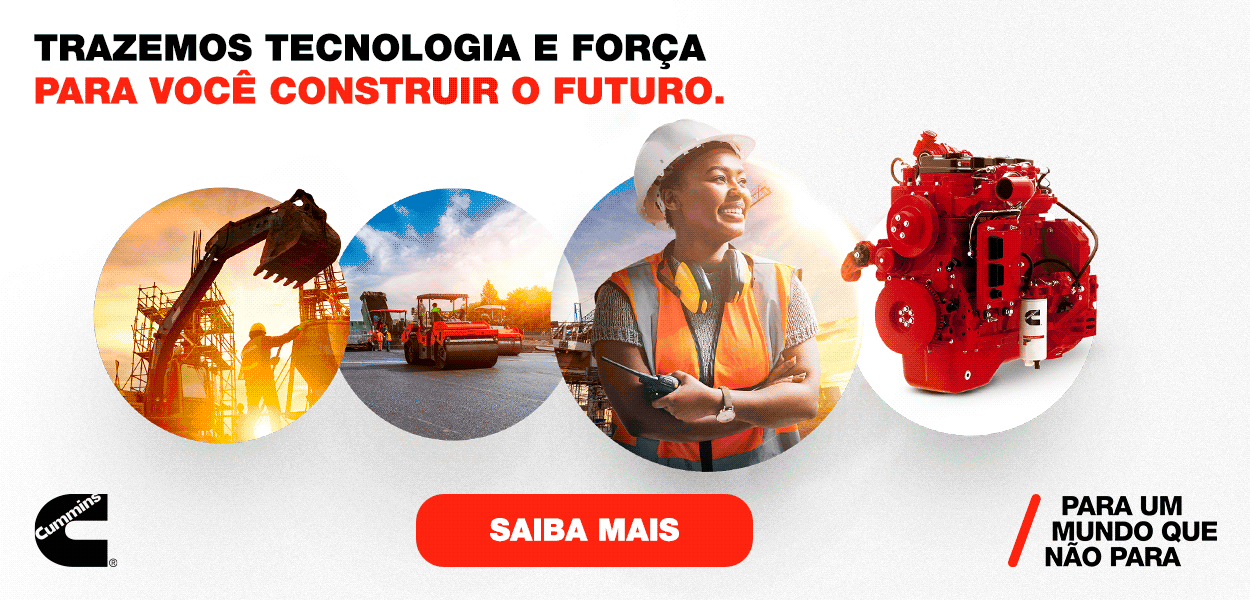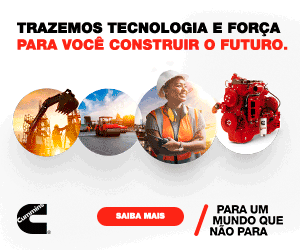The retaking’s driver
Together with the agriculture super-crop, FPT foresees an increase of 13 percent in its business, leaded by the truck industry. Bio-fuels and hybridizations are in the brand’s horizon
By Marcelo Januário
FPT Industrial is in a hurry but it is not impatient. Going through a good moment considering the challenging scenario of the country, this company of the CNHi Group develops plans to fight for leadership in all market areas where it is acting, including the local one. In a global way, the manufacturer disputes the second position in the emission-controlled markets—that are more regulated—for engines between 2 and 20 l. In Latin America, it is coming close of the two leaders, increasing its production volume and market share since it has a client portfolio inside this group and supplies engines coming from two plants located in Sete Lagoas (MG, Brazil) and in Cordoba (Argentina) for other OEM manufacturers. “We came out from a moment of internal development to a moment of global development”, says Marco Rangel, president of FPT Industrial for Latin America.
In the internal market, the executive says that the company was already waiting a gradual recovery, but he celebrates the good results that are coming from agriculture. They restarted to move the truck industry and are currently responsible by half of the demand. “In the last two months of 2016, the agricultural market recovered a pace that is much better than the estimated”, says him, expecting already an increase of 13 percent in its business, compared to 2016. “If we look to the final result of the last year, we may see signals of this recovery.”
For this year, FPT projects a market of 63 to 65,000 trucks, with the agricultural industry consuming almost 50,000 units. In 2011, for example, the total market reached 120,000 trucks. “We have market to return to those figures, but we need stimulation to make transporters invest again”, comments Rangel. “Recovery is not happening yet because the market is confused; it does not know its financing rules.”
In the same line, the executive claims for a stronger retaking of infrastructure projects, whose slowness harms the agribusiness and the economy itself. “Those three thousand trucks stopped in Mato Grosso—where going through its roads was always difficult—show that there was no investment to drain the production”, analyses him. “Constructing roads, waterways, ports... all this may bring motion to the country.”
Thinking this way, it is no surprise that the market of construction machines remains “too complicated”, as agrees Rangel, since infrastructure was the area that more suffered the effects of economic retraction. “We still have a period of uncertainty”, points him. “But the market is having a small recovery, but still with no clear trend.”
TECHNOLOGY
There is also a technologic factor in the equation. Anyhow, five years after the start of Euro V we already should be seeing the beginning of a new cycle of fleet renewal. But in an unstable scenario, fleet owners are in doubt. “If the economy improves, it is possible to look for a renewal”, says Rangel. “In addition, the Euro V generated very strong expectations”, emphasizes the executive, admitting that the appropriate technologic solution (electronic motor with post-treatment system) caused a series of concerns and too much work. “We had to convince the user that it was not a problem”, tells him.
In construction, Rangel says that the impact was not comparable with that of Proconve MAR-1, since many machines had already the on-board technology, what helped to reduce the effects of the transition, that was not so radical as that of trucks, which jumped from Euro III to Euro V. The difference in relation to the automotive industry—says him—is that Tier III represents a former stage of technology that allows the use of several solutions, depending on the area to be attended. “There is a new generation of electronic engines in several sophisticated machines such as hydraulic excavators and simpler machines with mechanical engine, that also comply with the regulations”, explains him. “Therefore we analyzed each area to define the best solution to be carried out.”
This way, the portfolio may fit each area. “In light machines—whose market is more sensitive to the purchasing cost—we look for solutions that are more simple and accessible”, points the expert. “But in the heavy lines, we evolved to a solution that integrates telemetry and connectivity, since the market already accepts this technology”.

Av. Francisco Matarazzo, 404 Cj. 701/703 Água Branca - CEP 05001-000 São Paulo/SP
Telefone (11) 3662-4159
© Sobratema. A reprodução do conteúdo total ou parcial é autorizada, desde que citada a fonte. Política de privacidade














